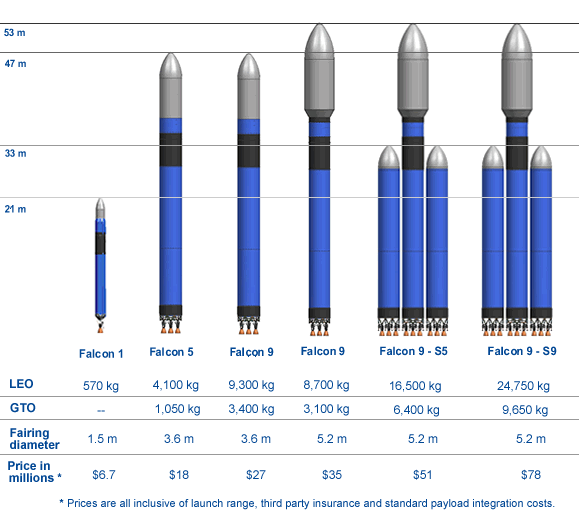E
EarthlingX
Guest
nasawatch.com : Learning From The Past
By Keith Cowing on August 29, 2010 8:45 PM
Summoning the Future By Remembering the Past
Dennis Wingo
"Almost exactly 100 years and nine weeks before the famous speech by President Kennedy at Rice University calling for what would be known as the Apollo program, the U.S. Congress, in the middle of a war for the life of the nation, passed the Pacific Railway Act of 1862. The "national" railroad as it was called was chartered by the government had as its core purpose to bind the nation together in commerce and open up the frontier to economic development. The government picked the route, set standards for its construction, and paid milestone payments to each of the two railroads (Union Pacific in the east and Central Pacific in the west). The government provided further incentives in the form of huge land grants on either side of the tracks that could be resold by the railroads at a profit. Another note is that the railroad paid back the government at a six percent interest over 30 years, resulting in a direct profit to the treasury."




